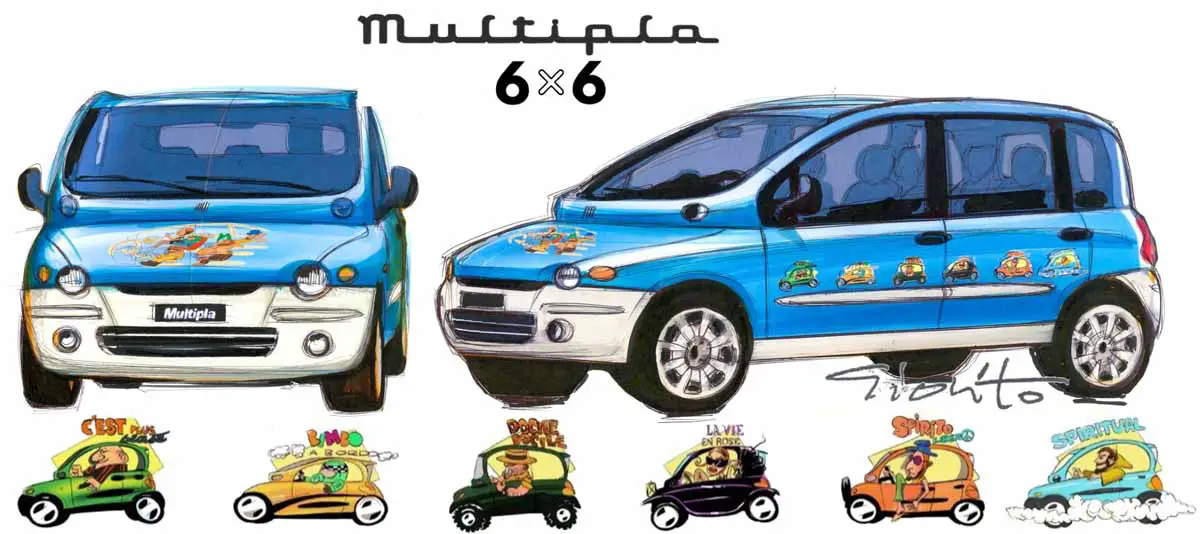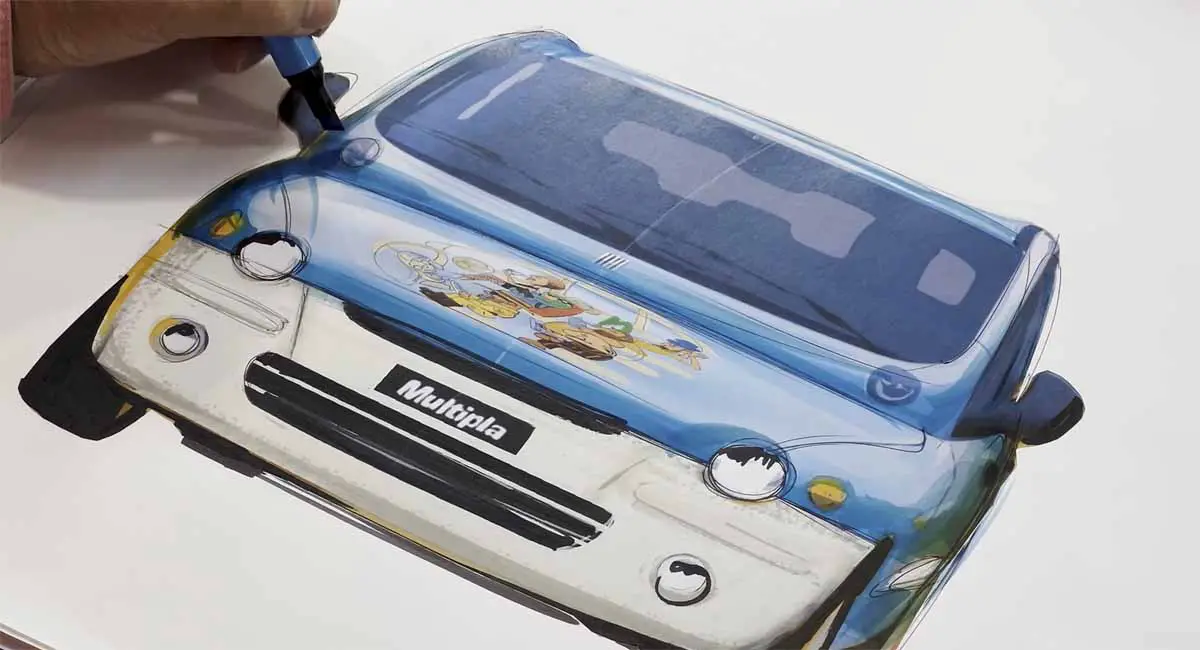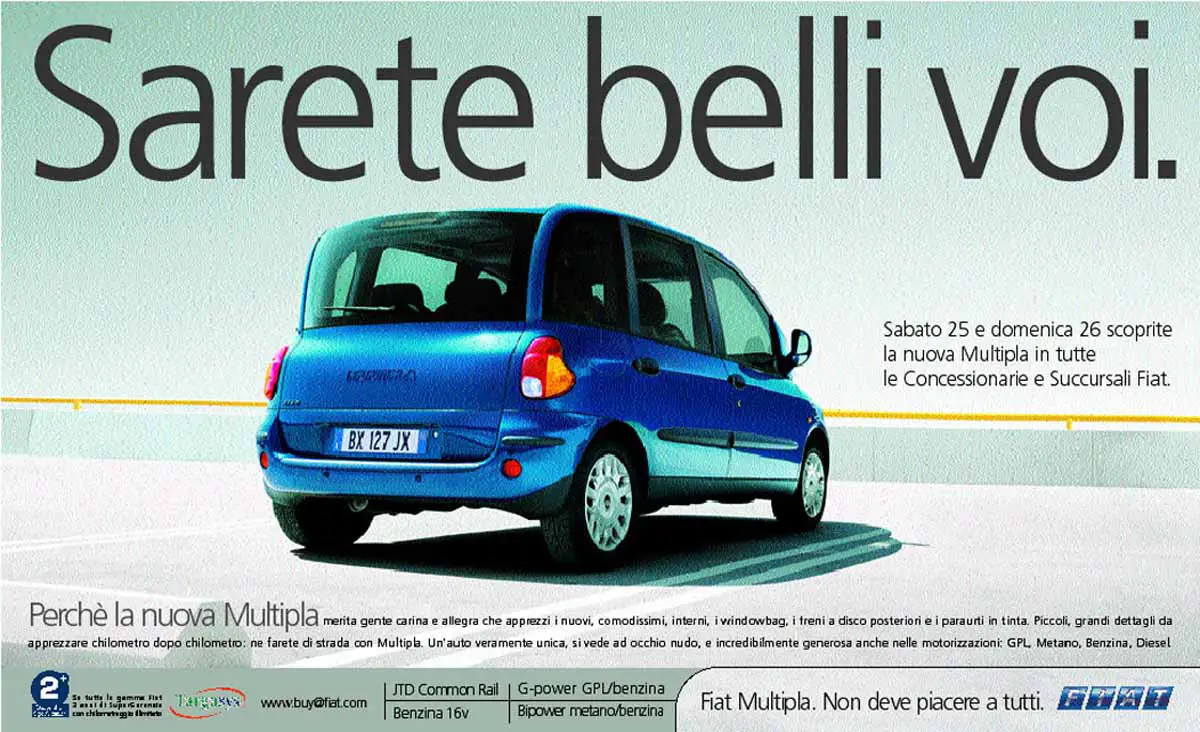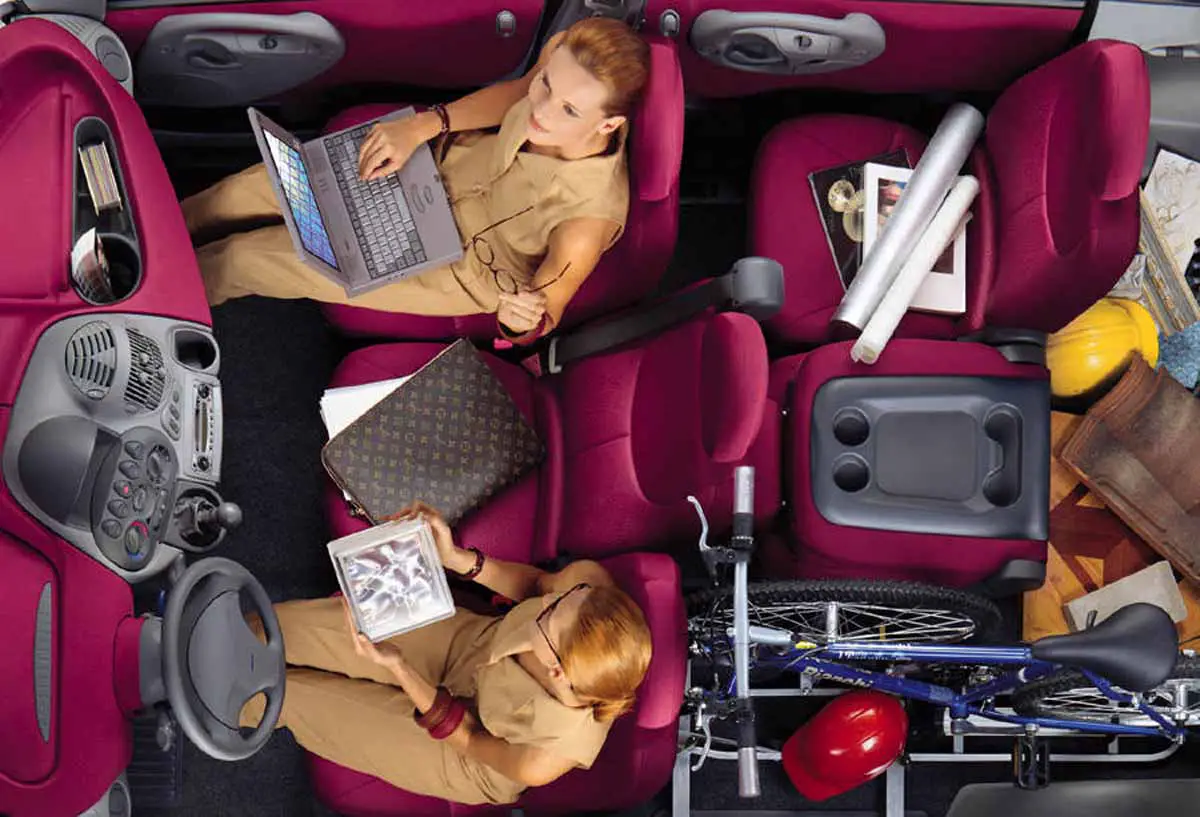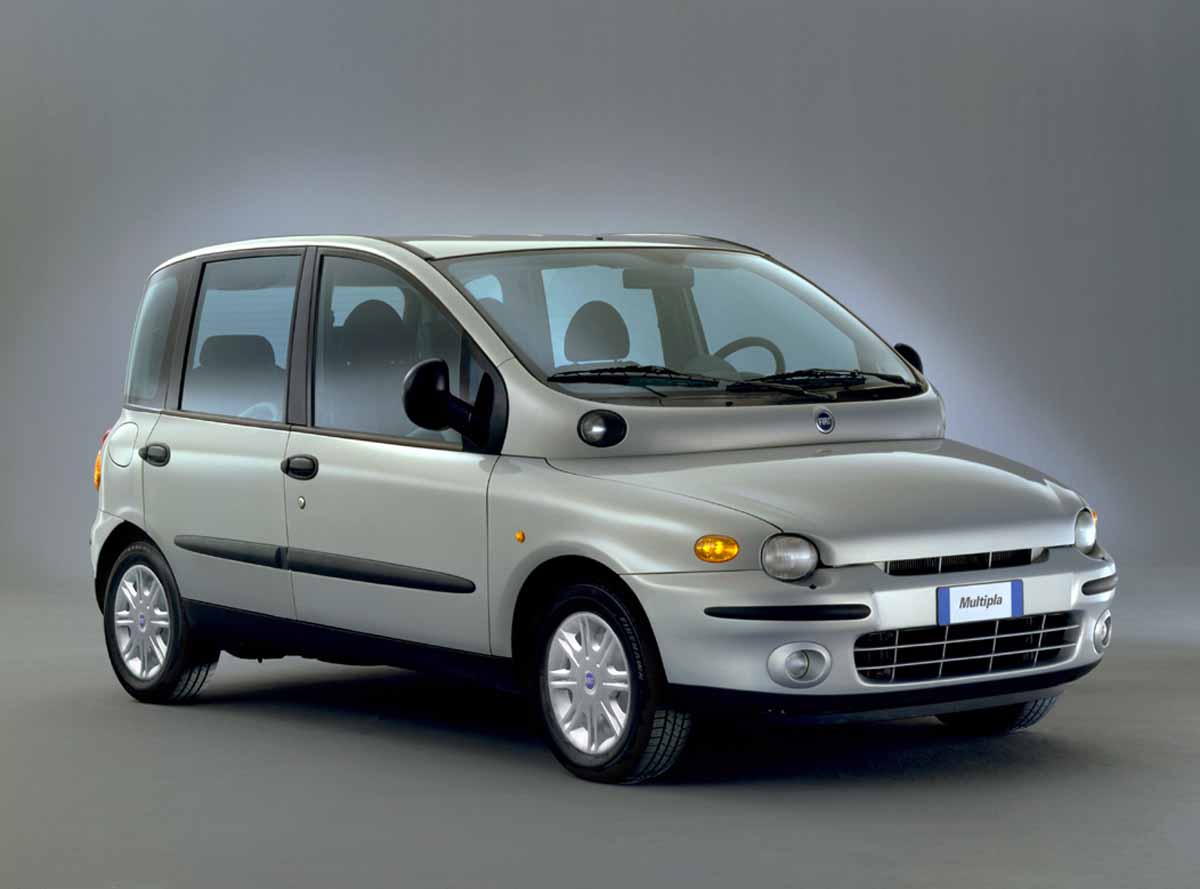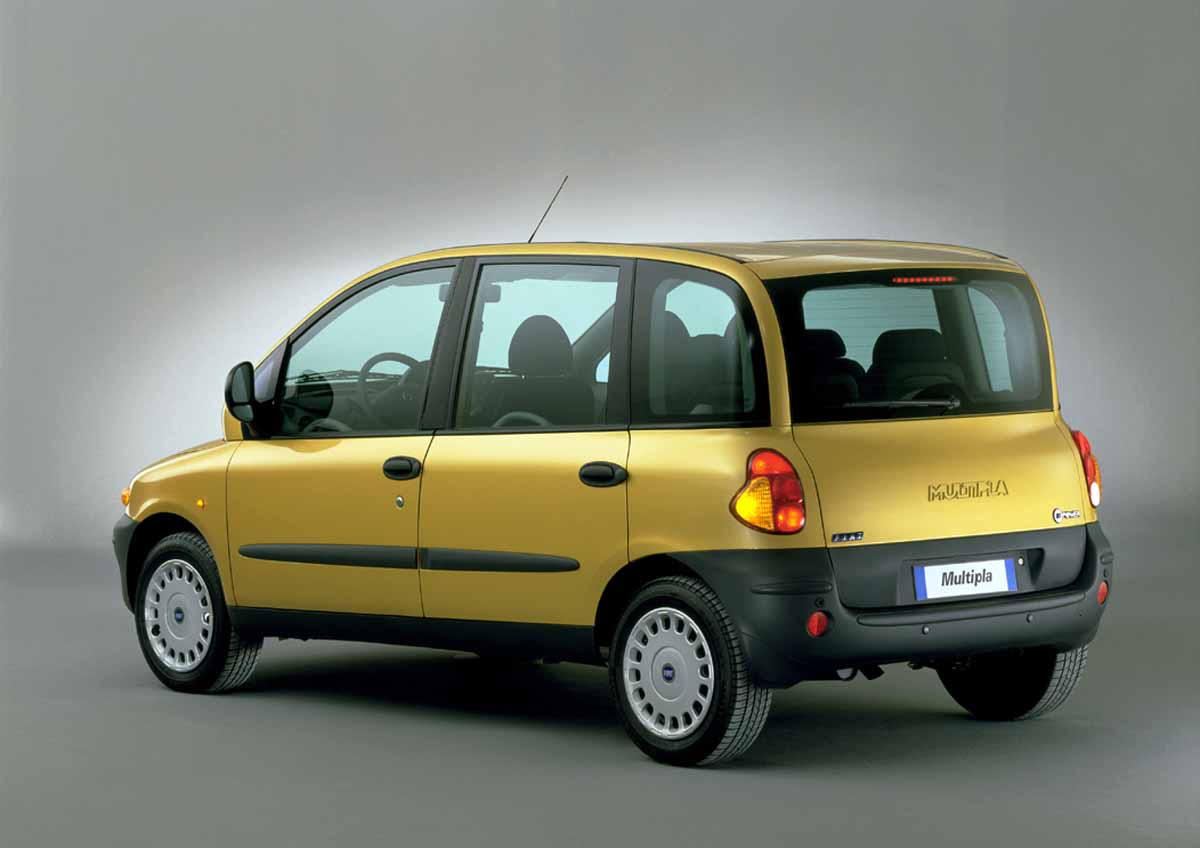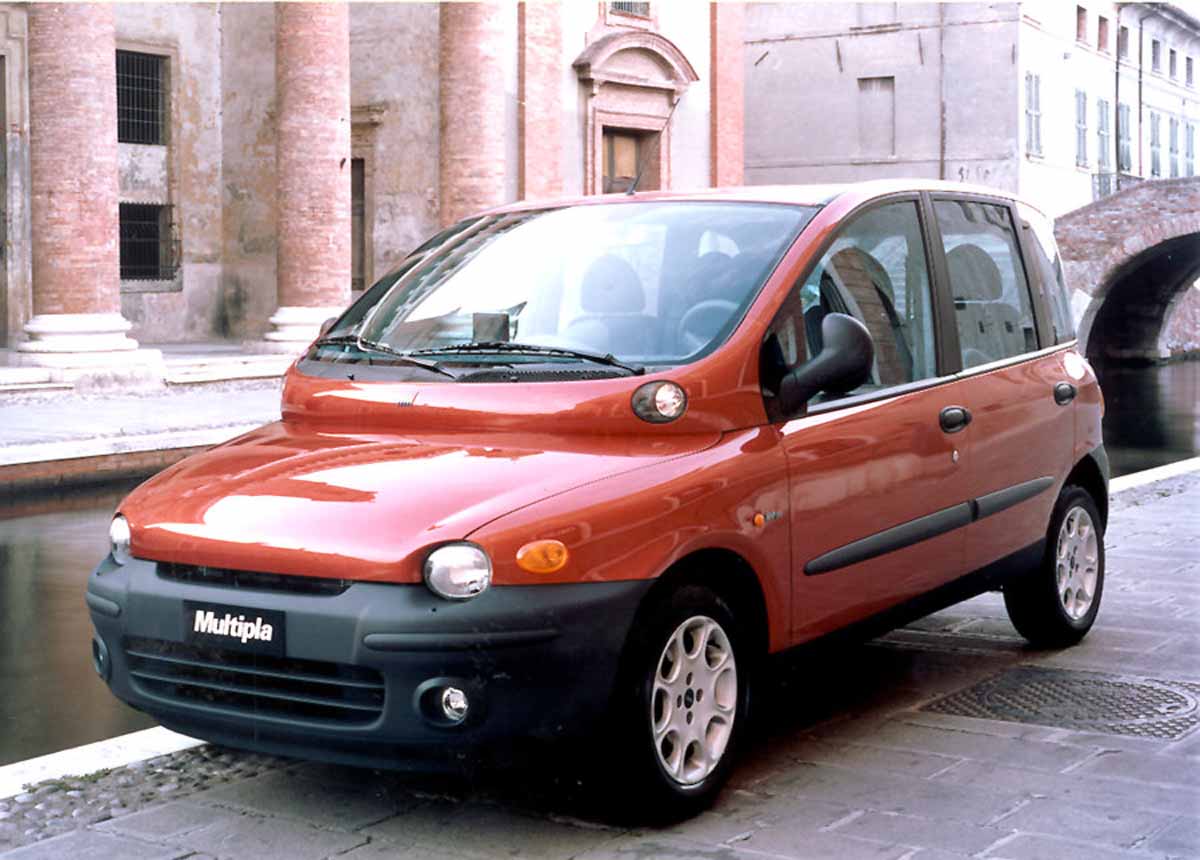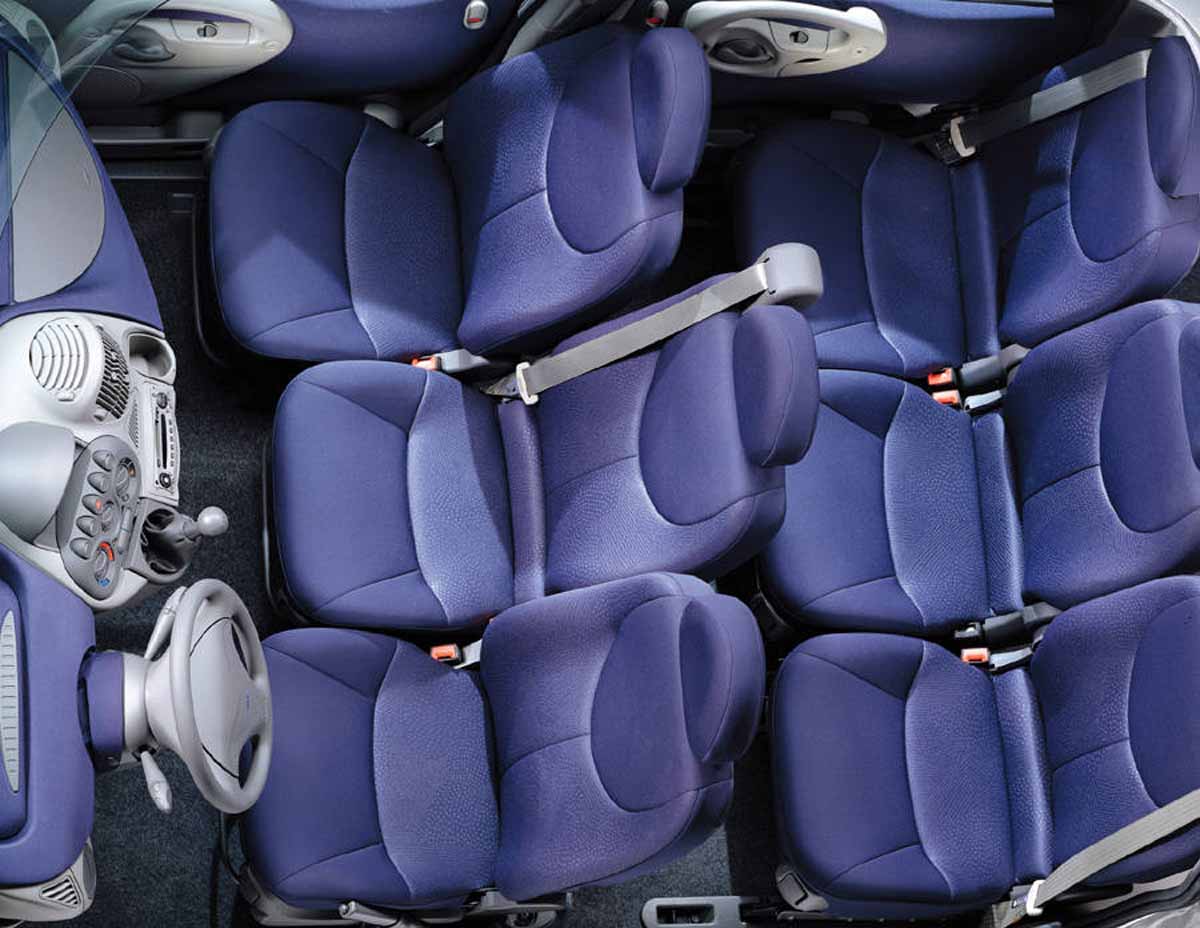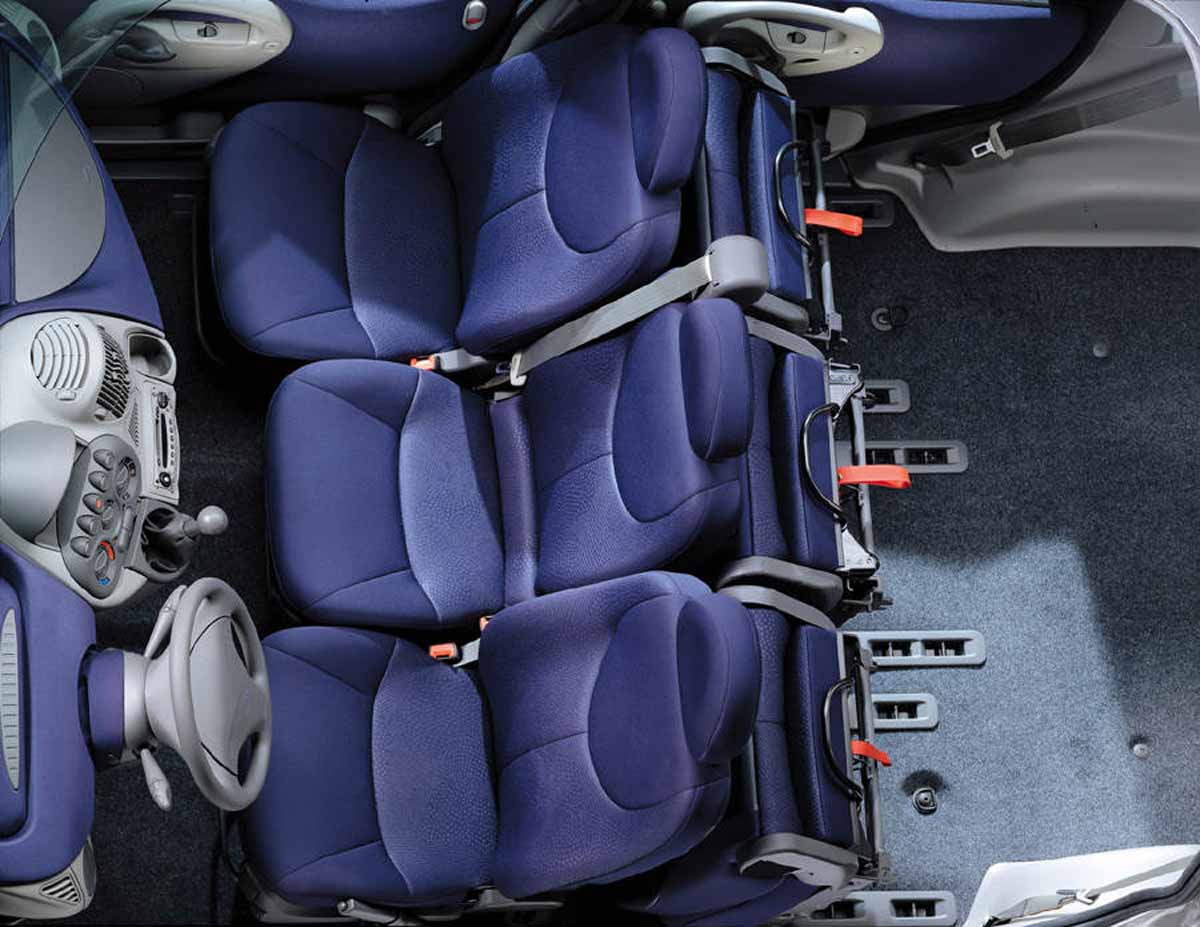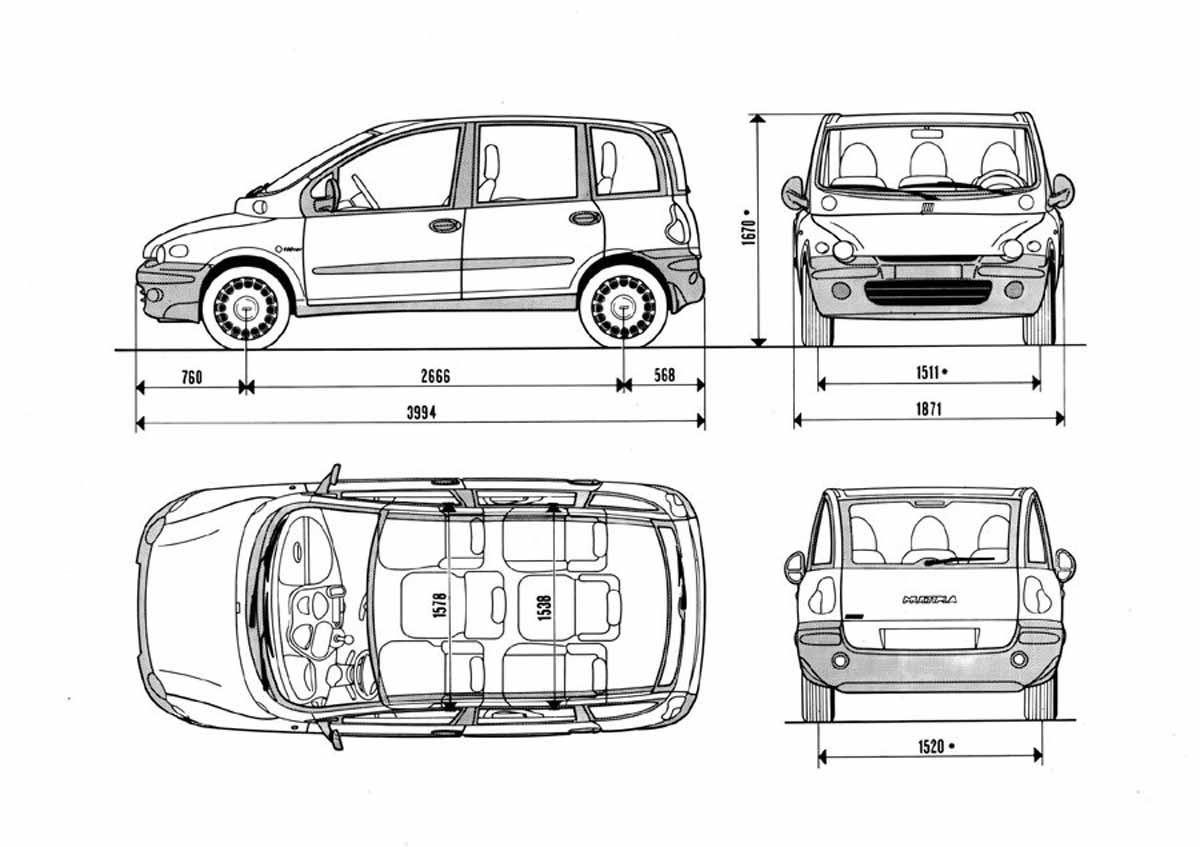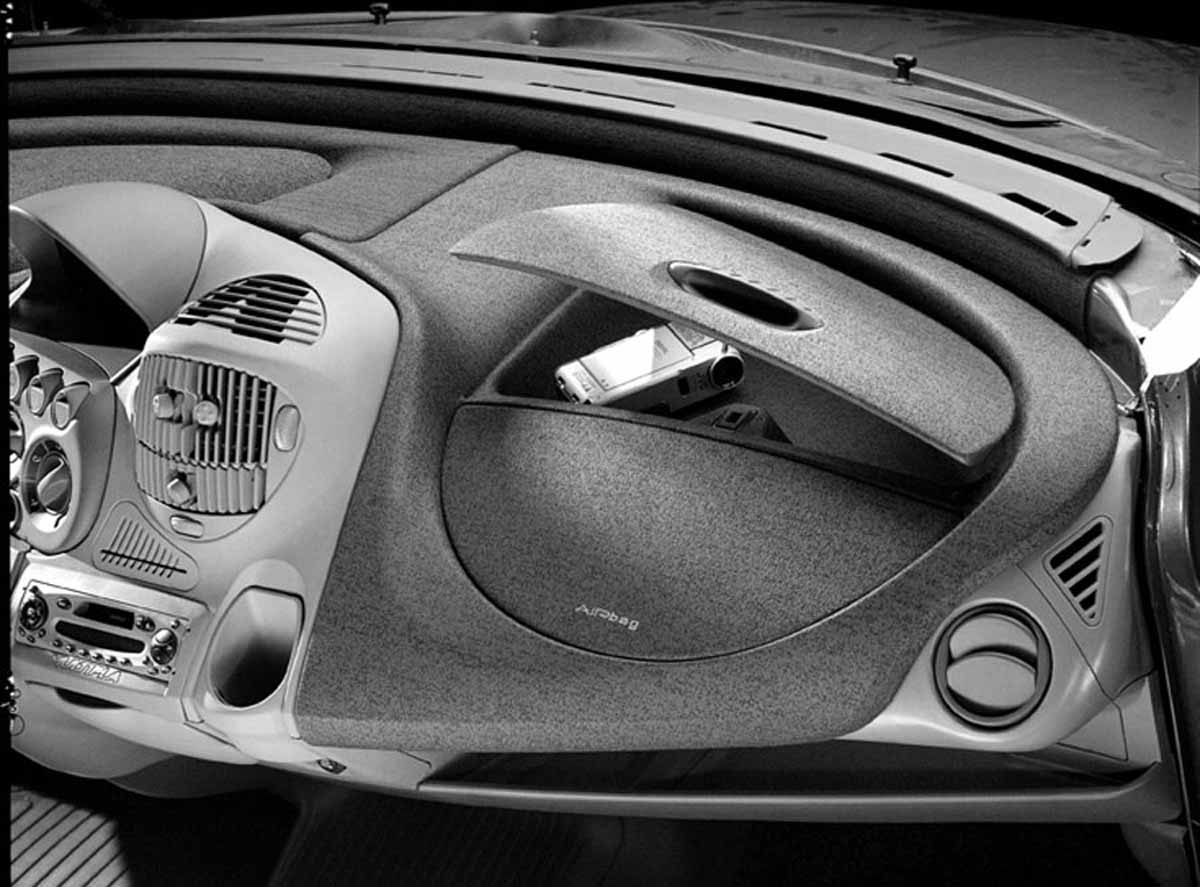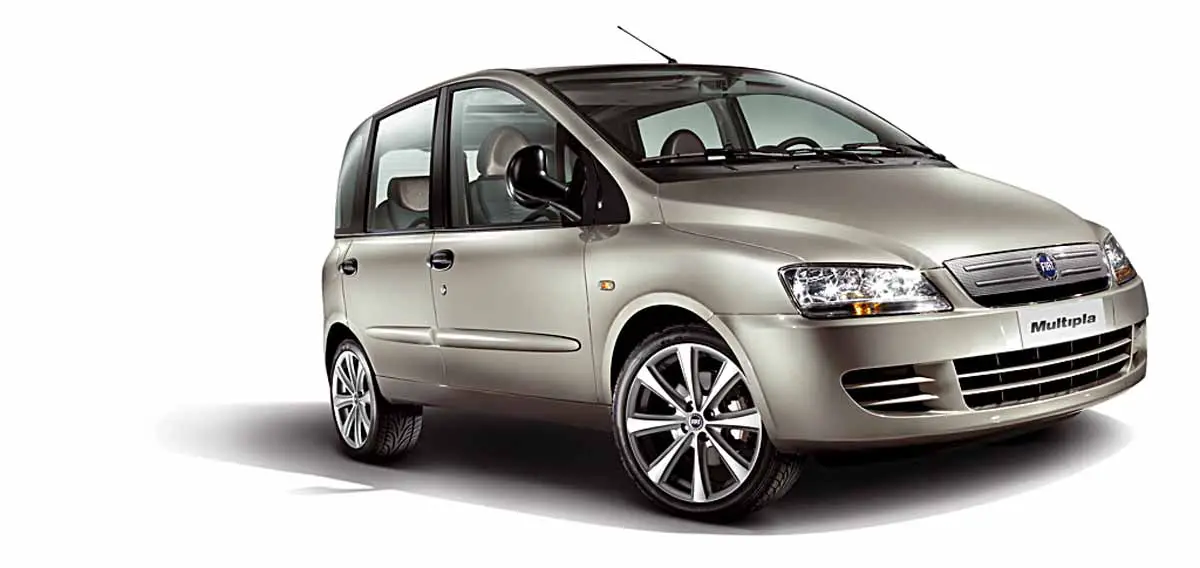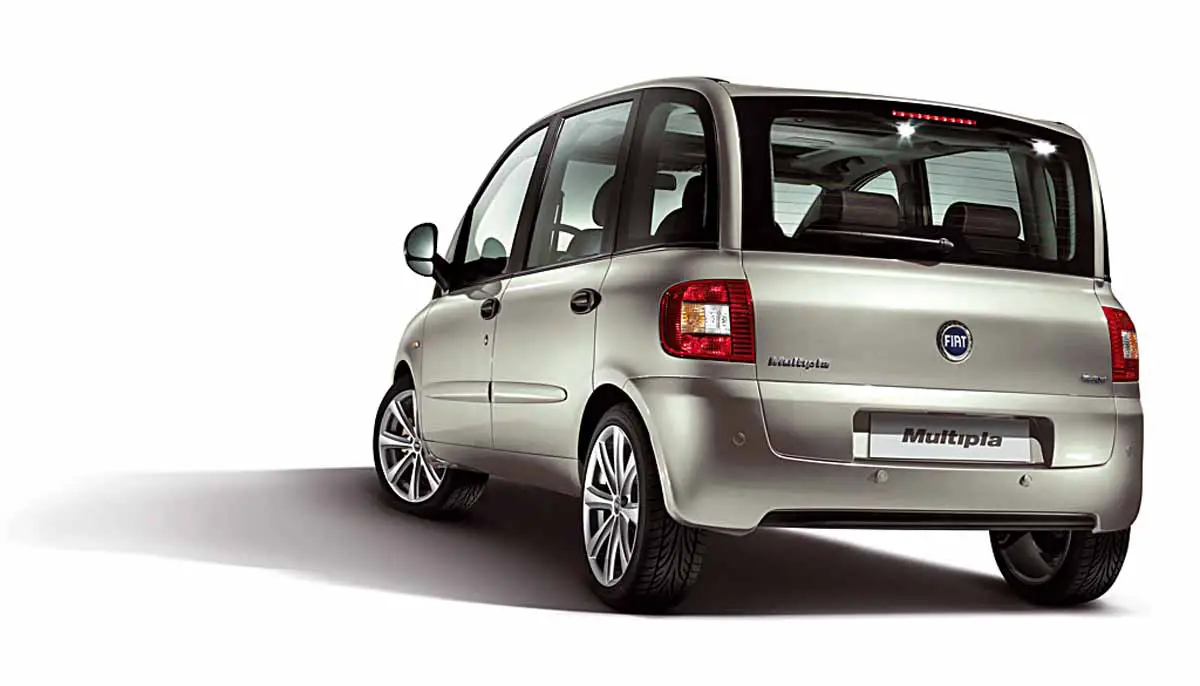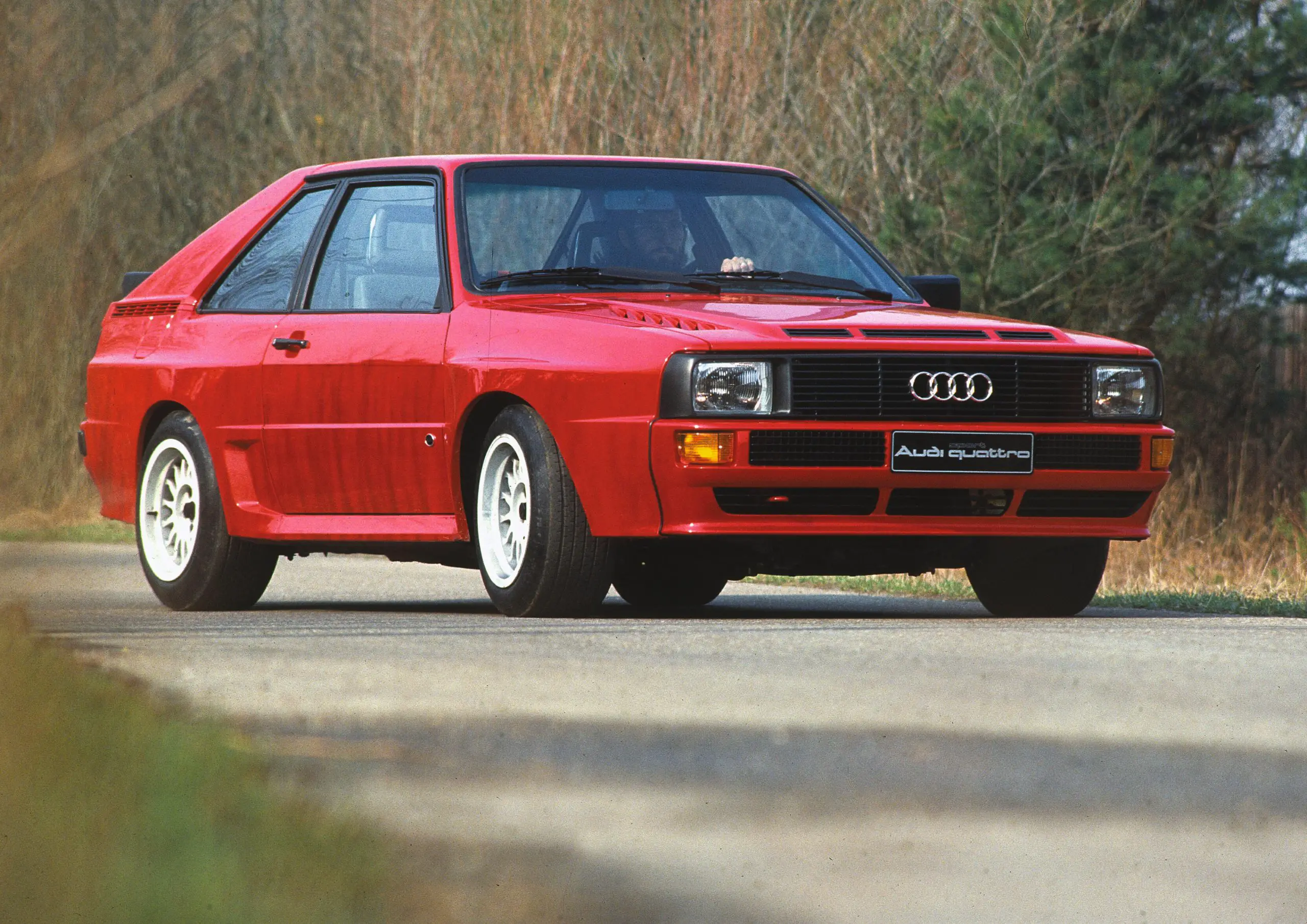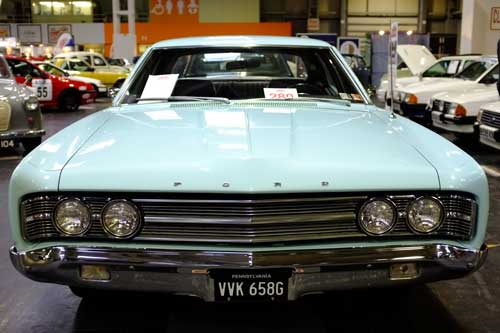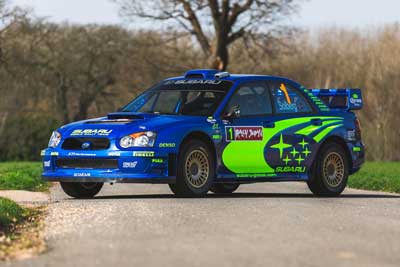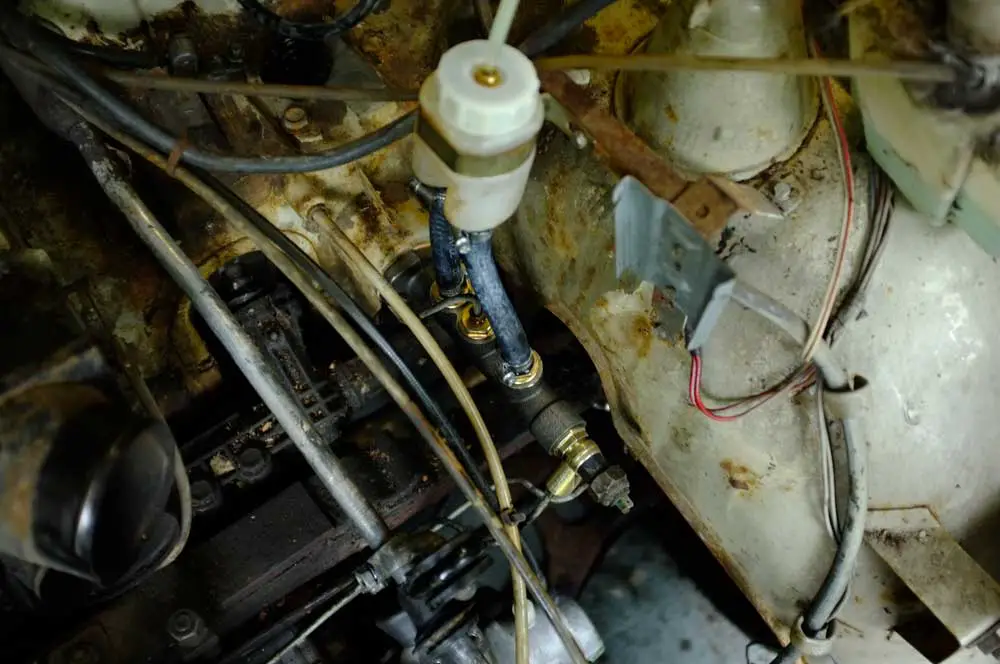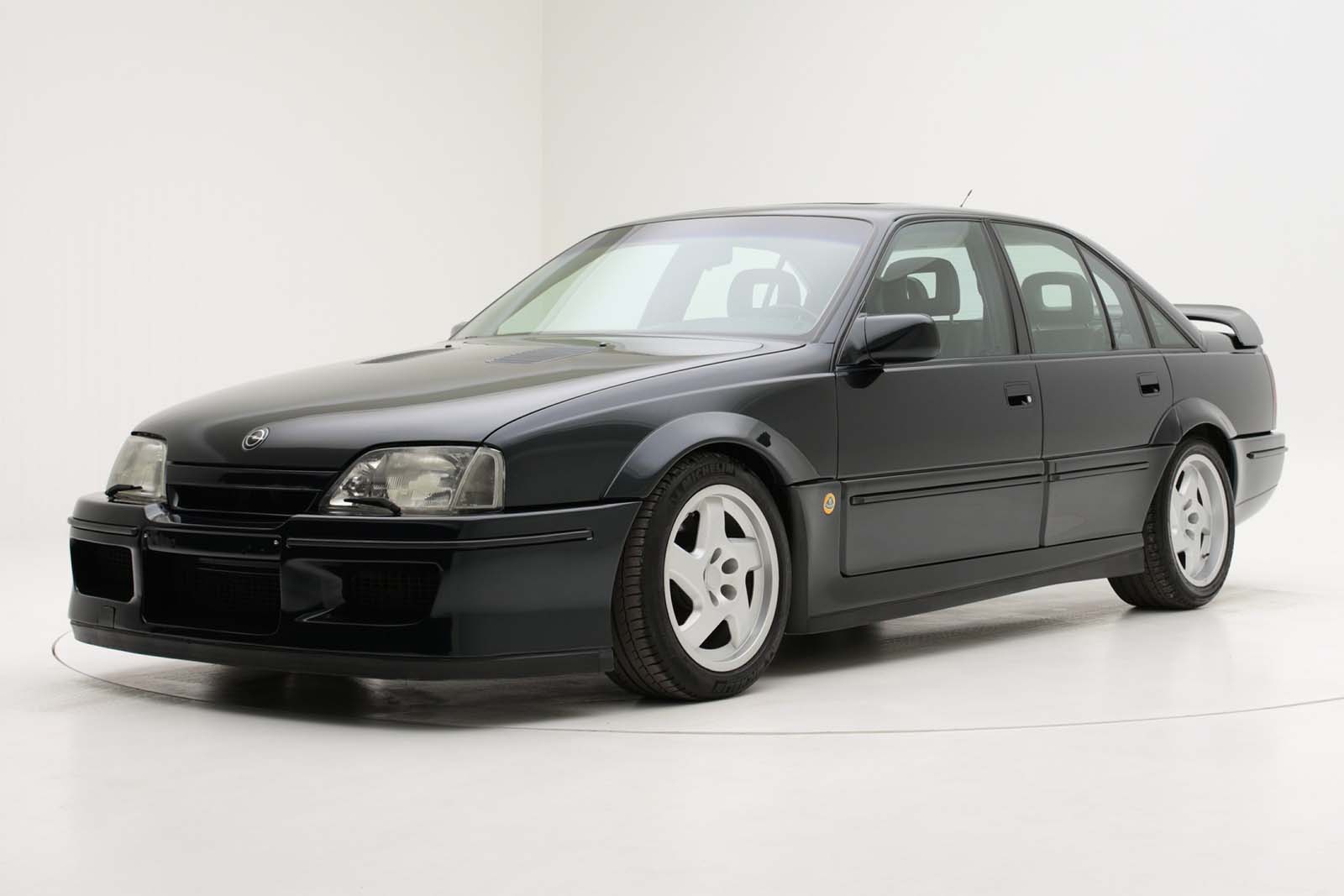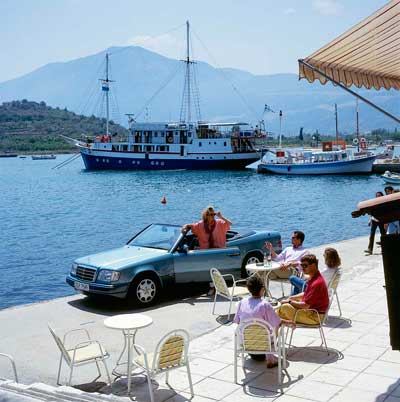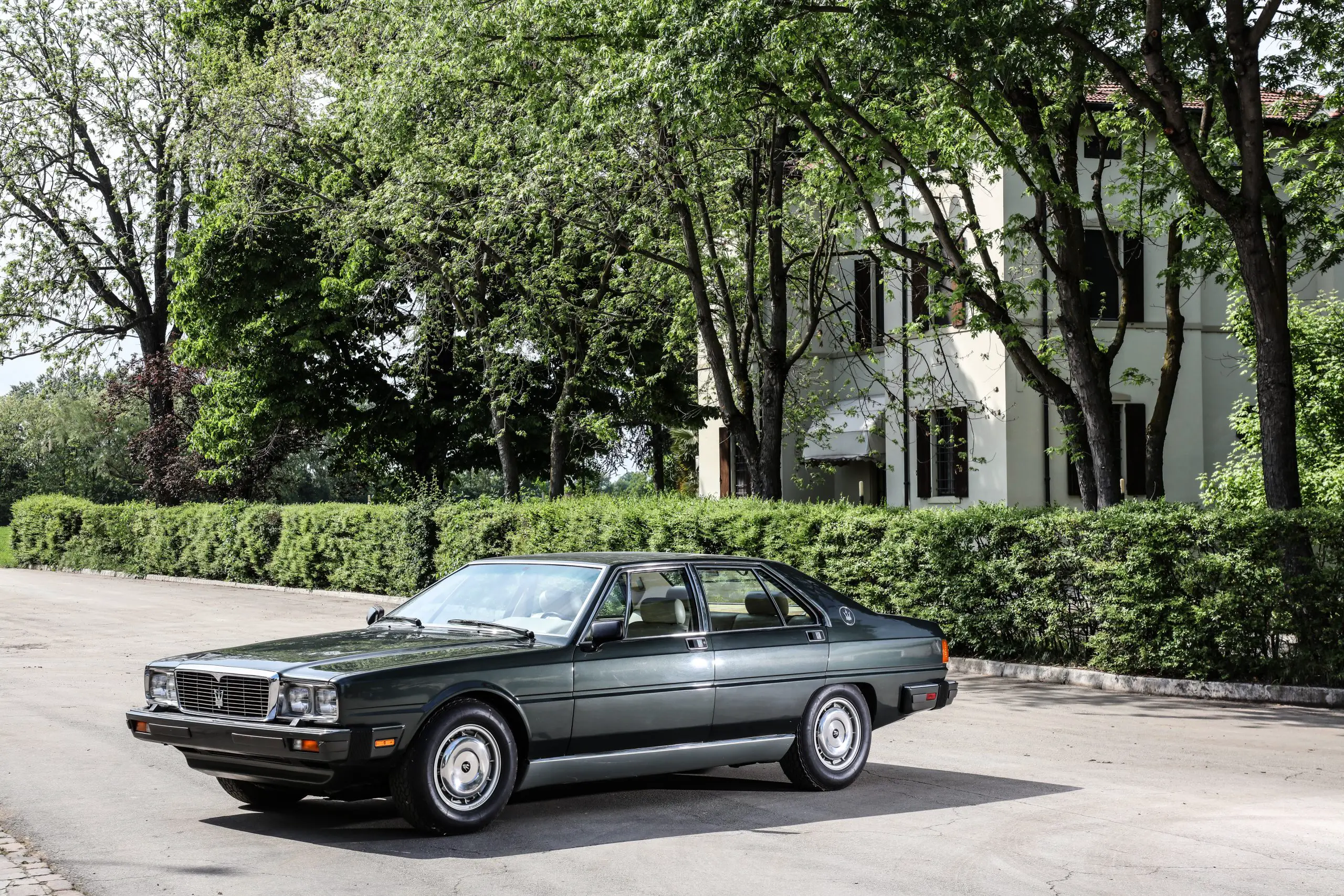
6 Seats For 6 Characters On Board, The Unloved FIAT Multipla 6×6 At 25 Years Old
The Multipla was first unveiled in 1997 at the International Motor Show in Germany where it created a lot of interest and both public and industry experts were curious about the new car.
The designer stated: “These six characters, these six ways of perceiving the car, have made a comeback on and in the first collector Multipla. It is a joyous tribute, in typical Fiat style, to a model which still attracts interest 25 years later and continues to hint at new ways of transporting and accommodating people. That’s why six amusing characters for six different ways of experiencing this vehicle have inspired the Multipla 6×6.”
The 6×6 Multipla is still under construction and when finished will go on show from November 17th to the 19th at the Milano Auto Classica show. Afterwards it will be sold to a passionate collector of Italian design, or so it is hoped. In reality it probably will find its way into the hands of a Fiat collector, such is the opportunity to own a unique creation.
The history of the Multipla started with the 6×6 project and those characters and brought new innovations to the way people were accommodated into a people carrier.
This was the first social network vehicle before there even was such a thing. The first social network was SixDegrees which was inspired by the theory that everyone was connected to one another through six degrees of separation. The same number of characters for the Multipl project were connected to one another due to the sense of freedom the design intended.
The ‘new’ Multipla 6×6 is based on a 1998 model and will be finished in a unique Bio Turquoise, or blue in other words, livery to act as a backdrop to the six characters which will be displayed on the vehicles hood and sides. All the body mouldings are to be painted in a neutral grey – white, the bumpers, wheels and wheel arches too.
The interior is getting a dark blue fabric with each seat featuring an image of one of the 6 characters who were drawn to coincide with the 1998 launch of the model. The adventurer, the baby, the woman who is attractive to the elegant man, the monk and the young 1970s rebel.
These drawings ended up on the models’ accessories, t-shirts, puzzles and were a hit with the public. The caricatures are returning once more with the explorer in the driver’s seat with the child wearing the racing helmet is seated in the middle of the first row and the attractive woman who is trying to apply makeup. The rear has the businessman in his elegant suit, the monk concentrating on his spiritual readings, young hippie peacefully reclining. Each one is thought of as representing the freedom to express their own inclination in such a vehicle.
The design and development of the Multipla and the characters is described by Roberto Giolito.
The first generation Mutipla was hailed as a groundbreaking design, a car of the future, so much so it got placed in the London Design Museum and in the Museum of Modern Art (MoMA) in New York in 1999, the most famous art museum in the world.
The car was recognised for its innovative styling and technical solutions.
Giolito stated: “Today, there are youth organizations which love this object. It was so unusual compared to the other segments precisely because it represented a convivial lifestyle, being social, and being together. And so, there are clubs today which are looking for them and restoring them to their original specifications. There is a real movement underway which finds Multipla in line with the times. Perhaps they understand it even better now than people did back then, as the vehicle was too forward-thinking and innovative to be accepted.”
The poor Multipla didn’t have quite the following it should. What is actually a brilliant piece of design wasn’t well received for one simple styling feature, those headlights. It was so good and innovative, that the first “3+3” seating configuration car was awarded the title of “Car of the Year” by Top Gear UK.
However, things are starting to change with the car at last becoming collectable and recognised as the brilliant piece of design that it was, and still is. Giolito explains this further in the video below.
The Multipla wasn’t designed with the purely aesthetic in mind, what Centro Stile Fiat did was to use a team to do the whole styling and technical design as one. So, you didn’t end up with the typical disjointed produce where it is obviously designed by different people who have never met.
It was necessary to do this with what was essentially a new type of car, it wasn’t just another Espace clone people carrier. Fiat really had gone their own way with this one. It meant designing the car around the six people and their luggage keeping their comfort as a priority. The challenge was also to allow for social interactions whilst being able to see and interact with the outside world too while meeting all the necessary safety requirements.
The design took the practicality and functionality to the forefront and the overall form of the Multipla had to deal with two different needs. A short, streamlined base, with a high and large face, essentially creating the unusual appearance of the top looking like it had landed on the car with its own set of headlights held in a curved strip which also held the windscreen wipers and pollen filter and supported the windscreen. It took the beltline and gave the car a sort of lateral ring.
This layout wasn’t just to give the Multipla an amusing look, though it did succeed in that, it was to put the lights on three different planes to allow for the best illumination of the road ahead. The side windows are huge, giving exceptional all round visibility. Also, that beltline enhances the structure around the cabin.
The car is built on a Space Frame which gave the production flexibility and low initial set up costs and relatively low energy assembly too. The kind of thing employed at Ferrari and Lamborghini years ago.
What is really impressive is that Fiat managed to make a 4 meter long car into a genuine minivan and was the only 3+3 vehicle in its segment. All occupants have the space to move, and the side passengers are well clear of any of the pillars to avoid them feeling cramped.
The seats were of a modular design, they can fold down and be completely removed to give up to 1900 Liters, when measured up to the roof of carrying capacity. The Multipla’s interior volume was by far the best in class at over 3 cubic meters.
Even with these van like dimensions, inside at least, it was still a car, and a decent one to drive at that. It’s small enough to park practically anywhere and big enough to be refined on a run. The name Multipla is to show that it is multiple vehicles in one and it multiplies the ways it can be set up and driven.
The top of the car did have a glass bubble feel to it, the design being inspired by modern architecture where the use of space has been careful to not waste any. The car feels much bigger than the exterior dimensions would suggest.
Moving the front pillars to an advanced position and having the large side windows give the maximum visibility while all the mechanical elements were moved up as much as possible to give as much occupant space as permissible.
Giolito explained: “The Multipla’s cabin was also inspired by other sectors which enhance the concepts of well-being and comfort. I’m talking about the architecture of the Velasca Tower in Milan, which was designed to optimize efficiency by giving greater breath to upper floors. Similarly, the Agusta helicopters have a cabin in which the windowed part is wider in the upper part, which allows for greater visibility both above and below. The Multipla has the same efficient approach because it expands its cabin where the passengers’ heads are, guaranteeing them an incredible amount of visibility.”
The dashboard was laid out horizontally and the instruments distributed in a novel way. The entire dash looks like a work surface where the various instruments, dials, commands and tools are laid out based on a strictly rational criteria. How often they are read or used and how far away they are placed to be easily read.
A traditional dashboard is flat with vertical surfaces full of instruments, but the designers of the Multipla used three dimensions to give a strong visual impact and to place the controls in natural places for the driver.
The gear lever is placed right on the dashboard next to the steering wheel freeing up the floor space, while many different storage compartments are placed throughout the cabin, above and below the dashboard, to those under the sun visors and pockets in the back of the seats, to a drawer under the front right seat. It even had a phone holder.
The engines available for 1998 were a traditional 1.6 76 kW (103 HP), a 1.9 JTD 85 kW (115 HP) and a 1.6 Natural Power 68 kW (92 HP), the methane “blupower” and bi-fuel methane and petrol “bipower”
Later the hybrid petrol and electric engine was introduced in 2000 in a few models for the Athena Project in Naples.
Of course, the Multipla was facelifted, removing one of the innovative features and giving the car a more conventional front end, which was a shame, but may have been necessary.
Fiat are known for their excellent car design and the Multipla might not be the car everyone thinks about or desires, but the sheer brilliance of the Multipla means it has to be one of their best.
The Multipla is one of those things where you have to see past its looks to see the brilliance of the design.
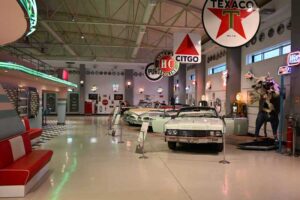
Ural Ataman Classic Car Museum – Istanbul, Turkey
This has to be one of the nicest private collections I have seen, the Ural Ataman Museum in Istanbul, turkey has not only a wide
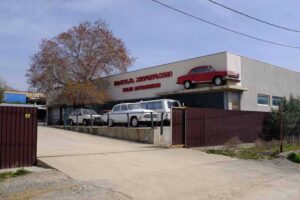
Tbilisi AutoMuseum Car Museum – Georgia
You may not have heard of this, but the small car museum in Tbilisi Georgia really has quite a lot to see. Buried in an
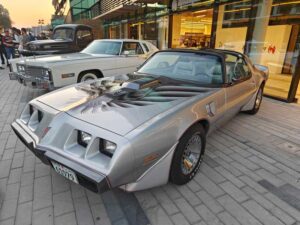
Bahrain Bike Week Classic Car Show December 2024
Bahrain Bike Week is the biggest event of its kind in the Middle East and the 2024 one was no exception. It’s not just the
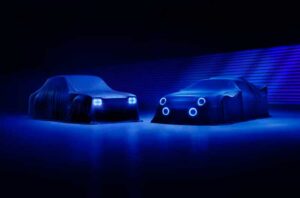
Ford Motor Company Bring Back Group 5 Mk1 Escort & Group B RS200 With The Help Of Boreham Motorworks
Ford have granted a licence to Boreham Motorworks, a division of the DVRN Automotive Group, to produce new versions of not just the Mk1 Escort
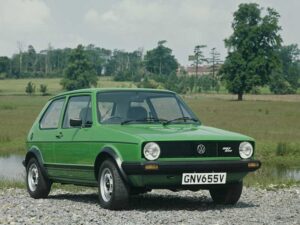
The VW Golf At 50 Years Old
Europe’s number 1 selling car the VW Golf has reached 50 years old this year, starting production on the 29th of March 1974. In
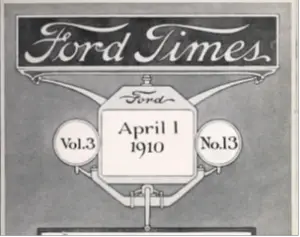
Ford’s Heritage Vault Makes The Ford Times Magazine Available To The Public
Ford’s expansion through the early 20th century was something to behold, the rapid growth of the company and the success of the Model T led
